

WISeKey International Holding AG (“WISeKey”, SIX: WIHN) recently announced the company will conduct the second Proof of Concept (PoC) for SEALCOIN by transacting tokens via satellites to IoT devices.
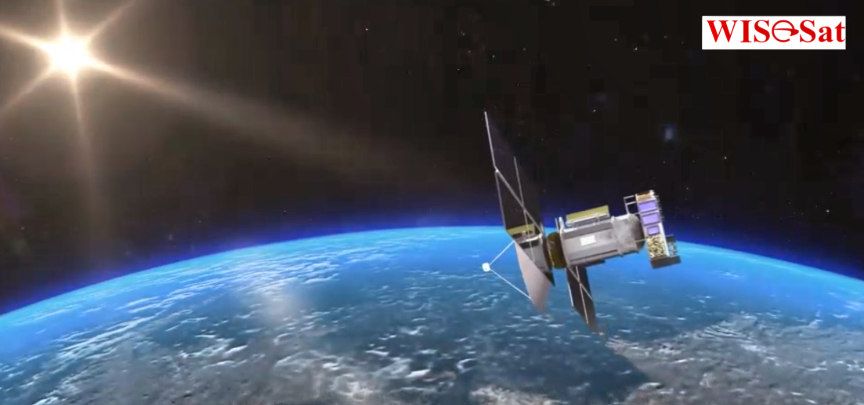
The PoC is set to take place during the launch of a new generation of WISeSat satellites, planned for January of 2025. This milestone, once complete, will represent a major leap forward in secure, autonomous machine-to-machine (M2M) transactions using WISeSat’s current satellite constellation.
The launch of a new generation of WISeSat satellites will feature enhanced operational capabilities specifically designed to support M2M transactions from space. These next generation satellites will further strengthen the WISeSat constellation, enabling secure and efficient decentralized transactions across a wide range of IoT devices, marking a new era in space-based digital ecosystems.
This PoC will demonstrate SEALCOIN’s groundbreaking potential to facilitate decentralized transactions in the growing Internet of Things (IoT) ecosystem. Leveraging the SEALCOIN platform, the PoC will enable satellite-initiated transactions to IoT devices without human intervention. The tokens, based on Decentralized Ledger Technology (DLT), ensure secure, transparent, and tamper-proof exchanges, driving the creation of a scalable Transactional IoT (t-IoT) infrastructure.

Previously, SEALCOIN successfully conducted a PoC for t-IoT between two devices in early August. This milestone marked a significant step forward in the disintermediation of service providers for interconnected devices, showcasing the transformative potential of SEALCOIN’s innovative platform. For a video presentation of the initial PoC, please visit this direct link…

Transactional-IoT refers to the automated communication and transactions between devices within the Internet of Things (IoT) ecosystem. SEALCOIN’s PoC demonstrates the use of advanced technology embedded within a semiconductor device to validate and verify transactions autonomously. At the heart of this innovation is the Secure Element, an embedded security hardware that protects the private key and certificate representing the device’s unique identity. Leveraging elliptic curve cryptography (ECC) compatible with Hedera’s Decentralized Ledger Technology (DLT), the device can simultaneously authenticate and sign transactions on-chain.
Backed by more than 25 years of experience in cybersecurity and secure semiconductor chips, embedded firmware, and trusted hardware provisioning services, SEALCOIN AG, the WISeKey subsidiary housing the SEALCOIN project, is establishing itself as a trusted partner in safeguarding digital assets. SEALCOIN AG was formed in collaboration with The Hashgraph Group AG, and is poised to revolutionize decentralized services and IoT markets.
The SEALCOIN platform will seamlessly integrate physical security infrastructure with DLT components, bridging the gap between traditional secure systems and the decentralized digital future. The platform will ensure that all autonomous device interactions occur within a transparent, secure ecosystem, with SEALCOIN’s TIOT token serving as the key enabler of these interactions. This system is designed to eliminate bottlenecks and vulnerabilities associated with centralized transaction models, ushering in a new era of M2M transactions.
SEALCOIN’s first PoC was a success, validating the feasibility of M2M transactions within a terrestrial framework. The second PoC will expand this capability to space-based systems, with SEALCOIN tokens transacted via WISeSat’s satellite constellation to IoT devices on the ground. This innovative approach demonstrates the scalability of decentralized infrastructures to handle real-world applications, from energy trading to automated service exchanges.
With SEALCOIN’s TIOT token, IoT devices can autonomously negotiate, execute, and settle transactions securely, without the need for human intervention or centralized intermediaries. This decentralized marketplace allows devices to participate in service-for-payment exchanges and other automated processes, all powered by SEALCOIN’s t-IoT token.
Carlos Moreira, CEO of WISeKey, said, “This PoC marks an important step towards enabling seamless, decentralized M2M transactions from space. With the SEALCOIN token and WISeSat’s satellite infrastructure, we are moving closer to a future where IoT devices can securely and autonomously manage transactions across vast, interconnected ecosystems. The upcoming launch of the new generation of WISeSat satellites in January 2025 will further accelerate our vision of a decentralized, space-powered IoT network.”



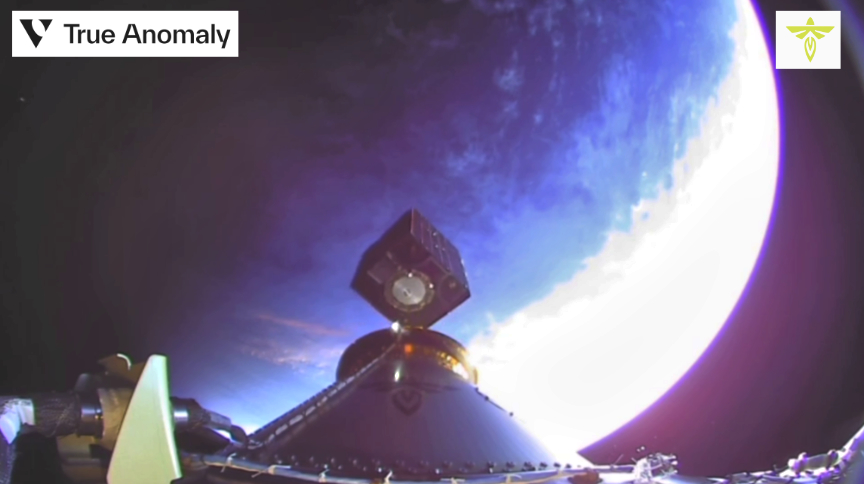

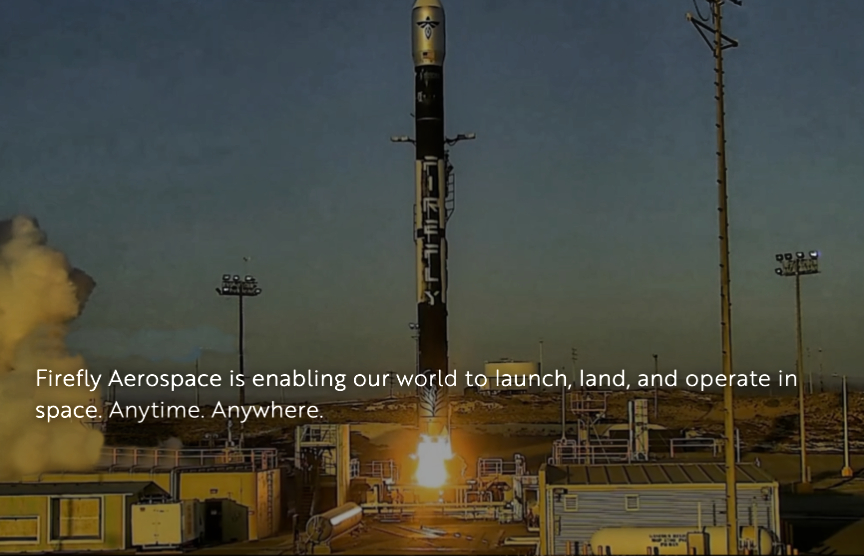
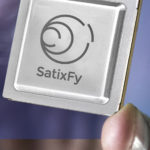


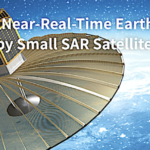
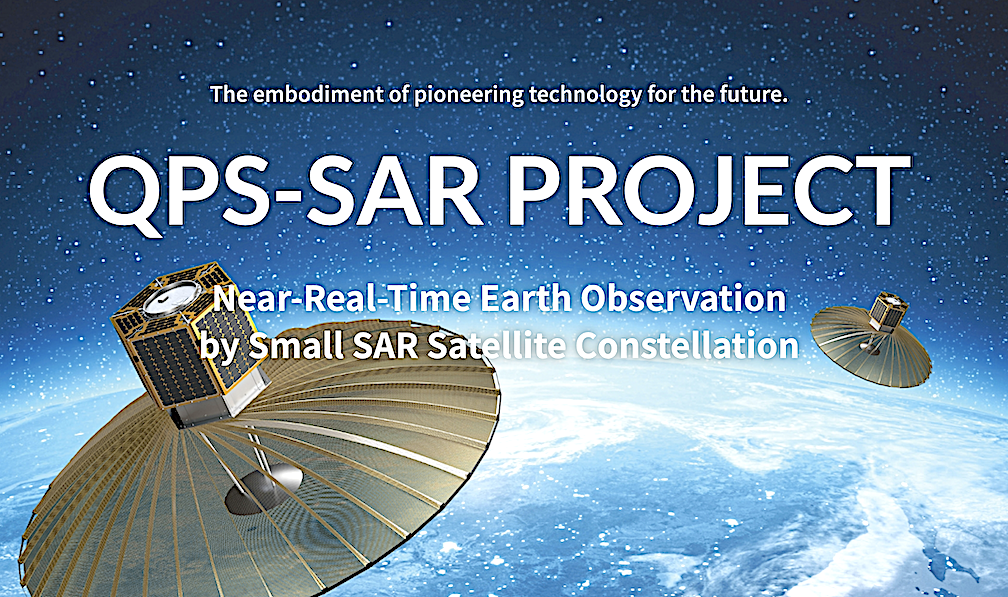


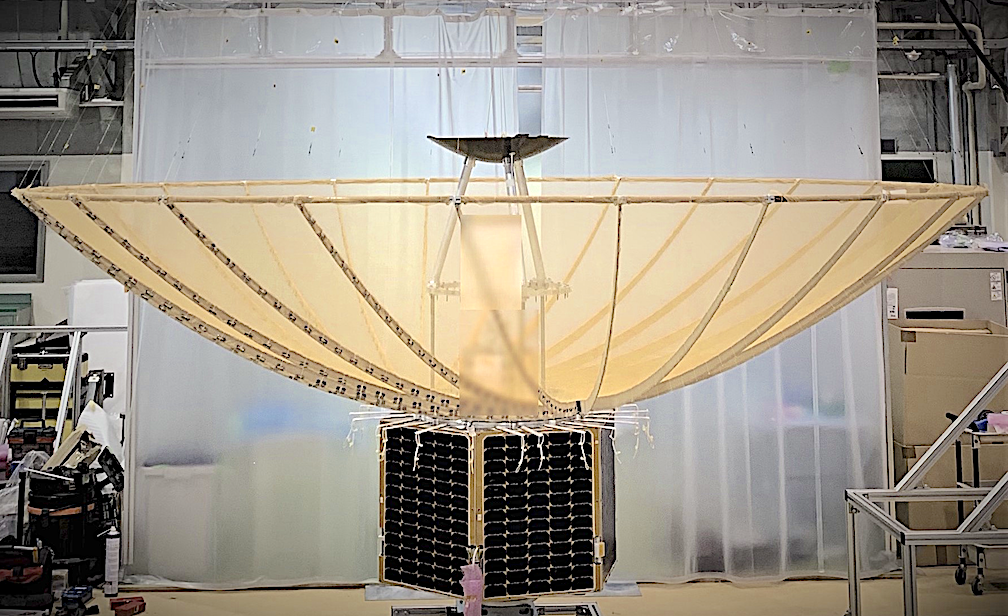
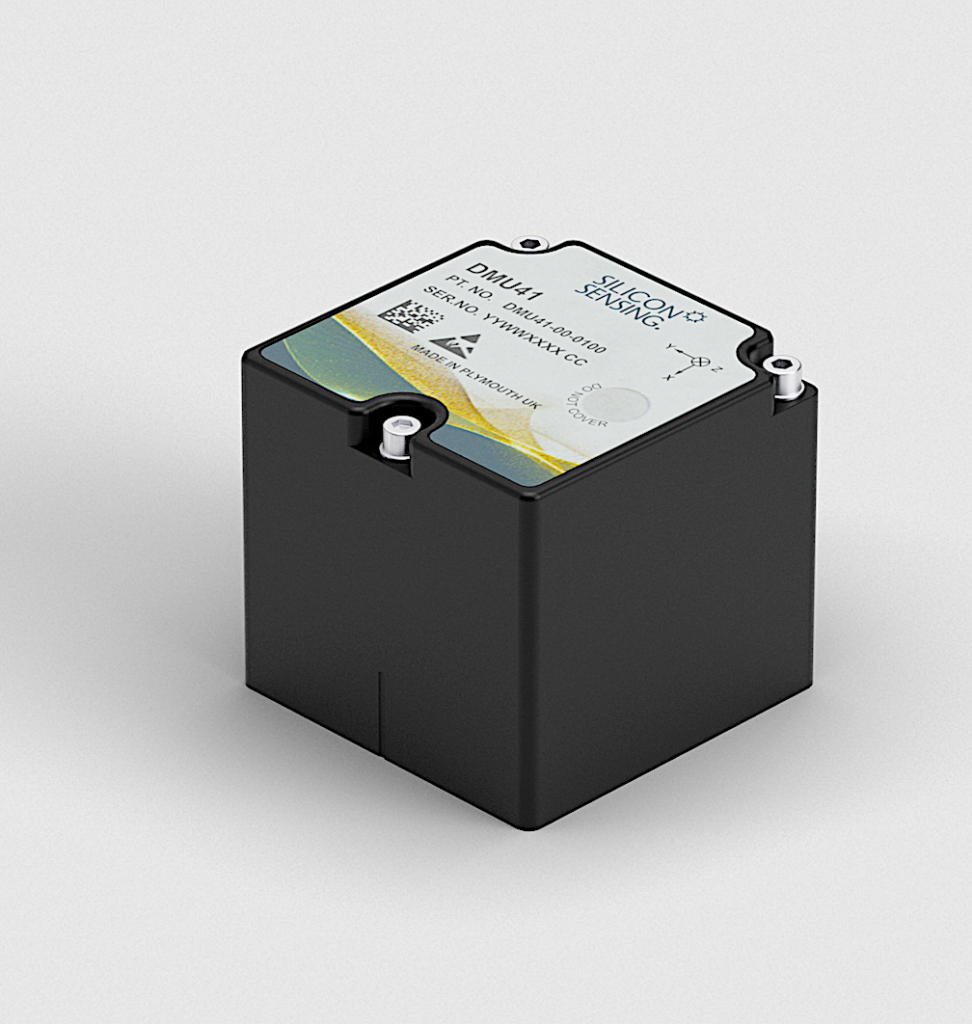







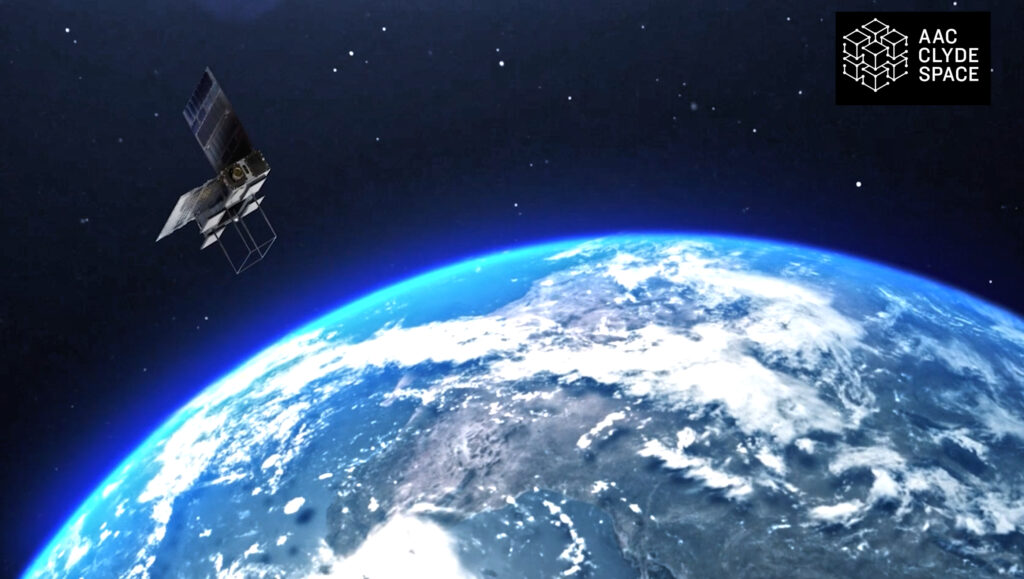



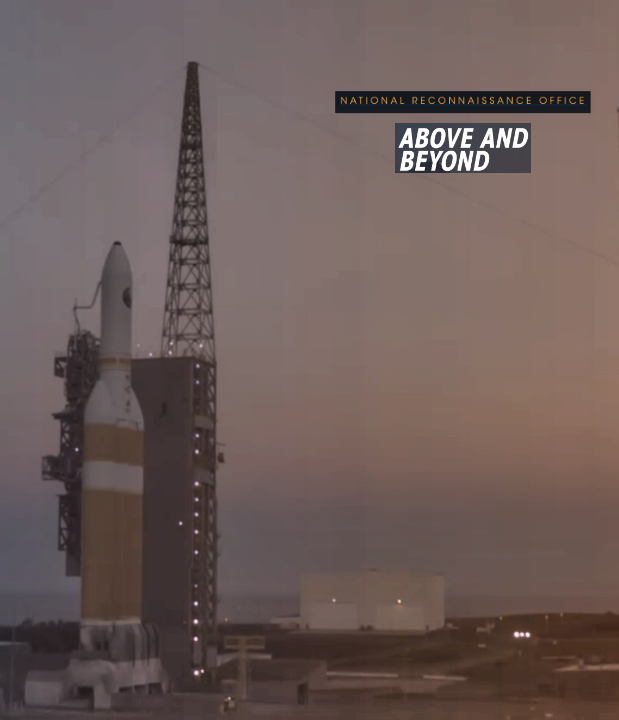

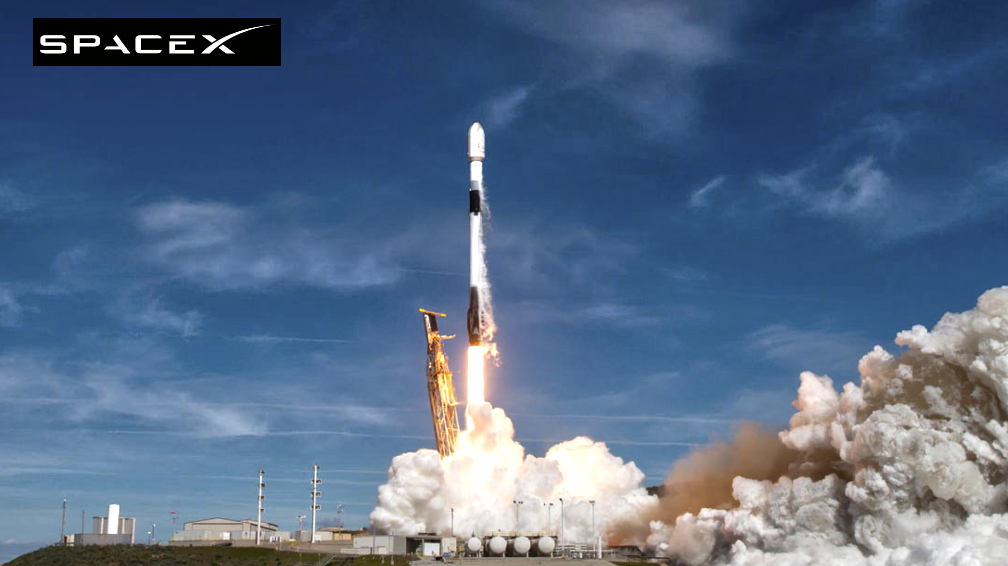
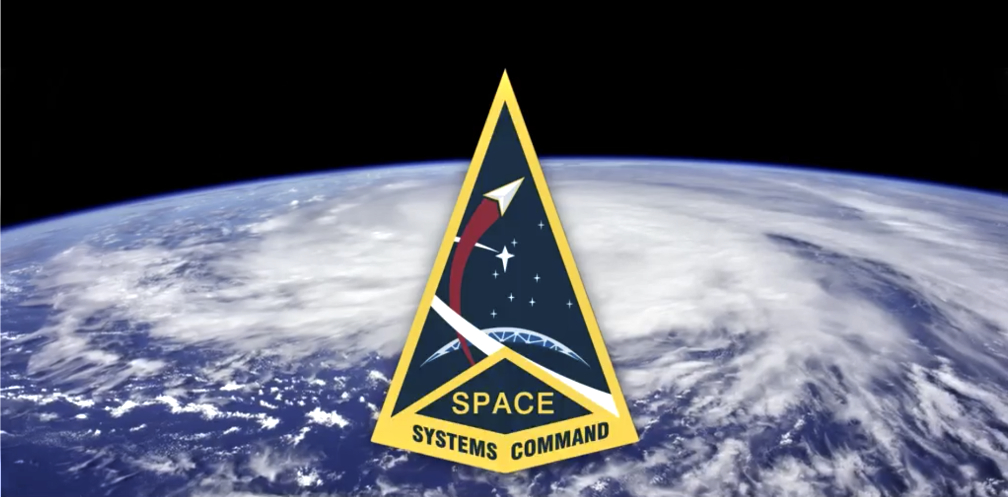

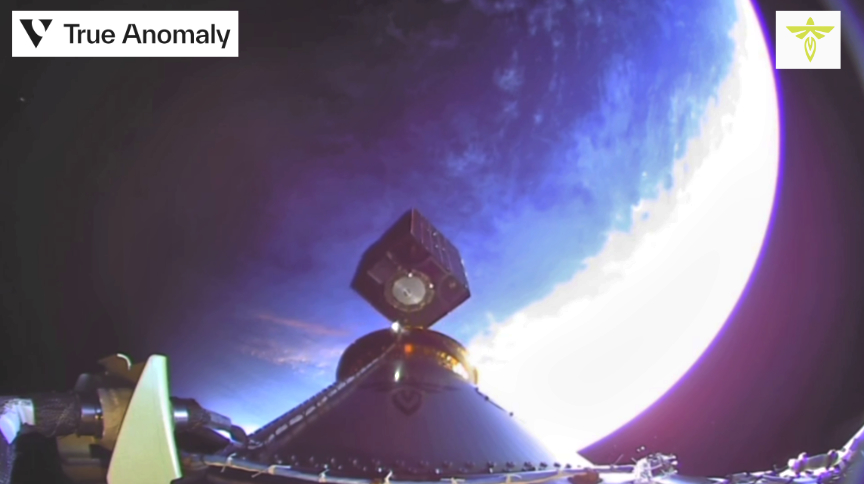
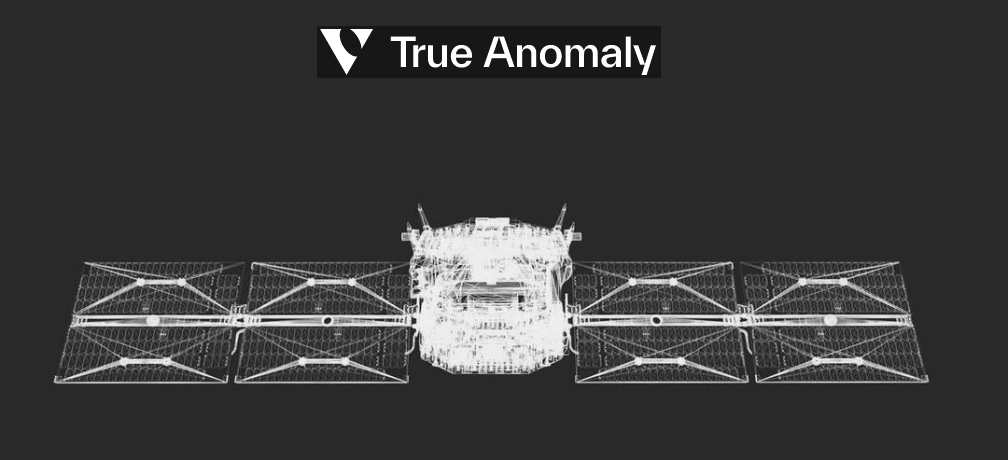
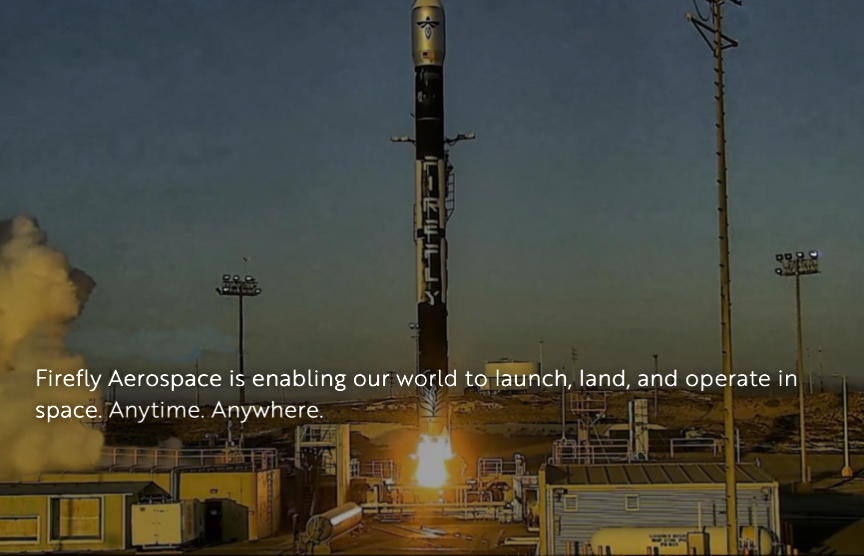

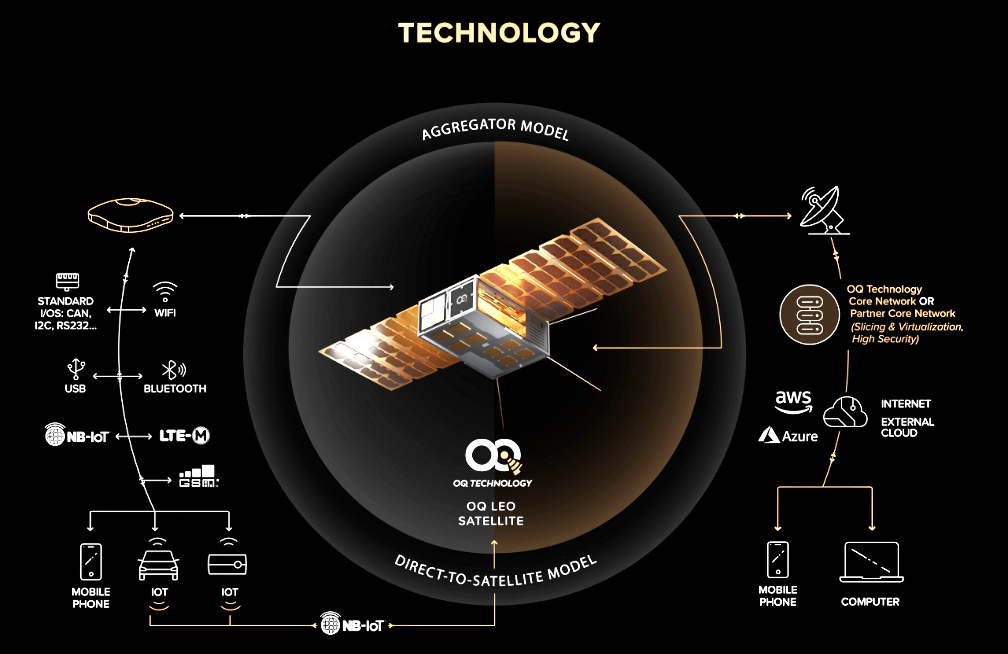


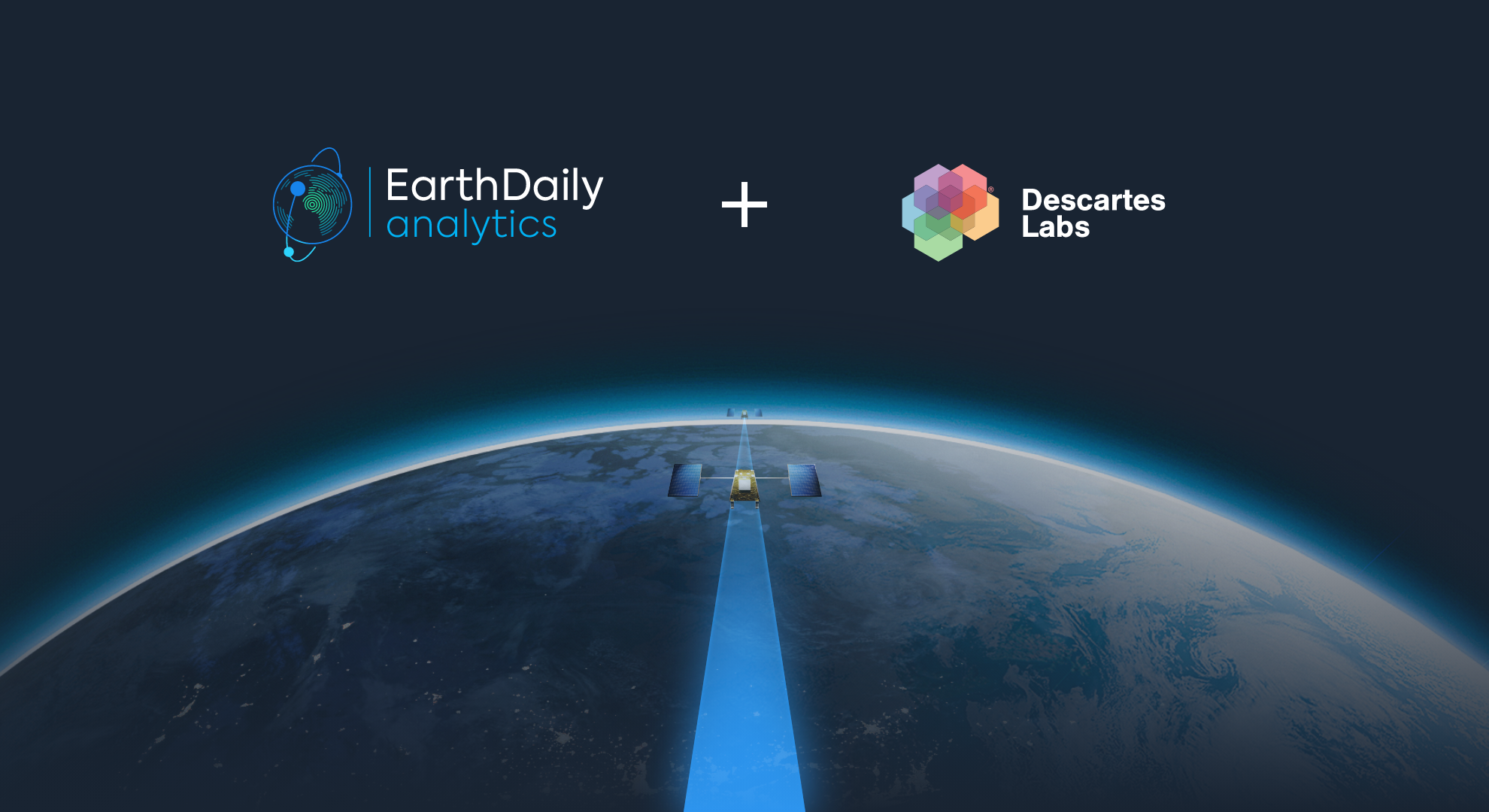
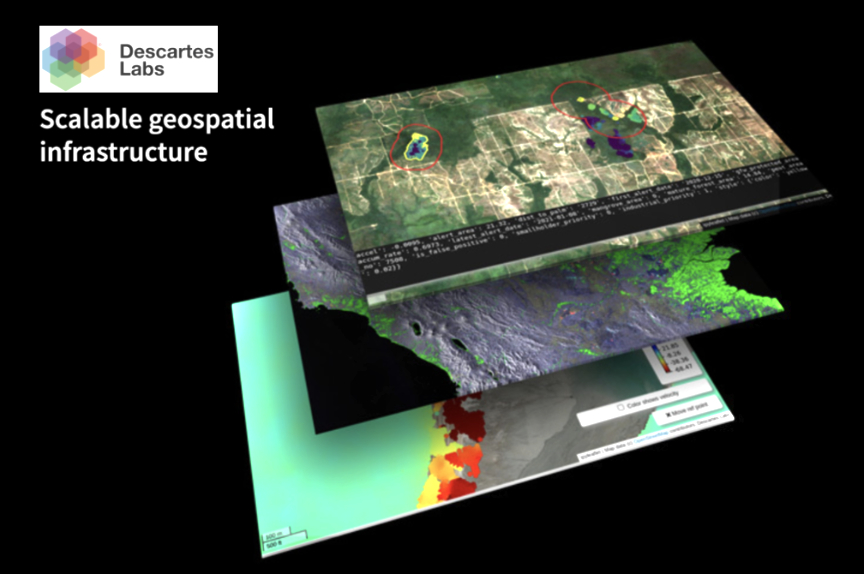

 .
.